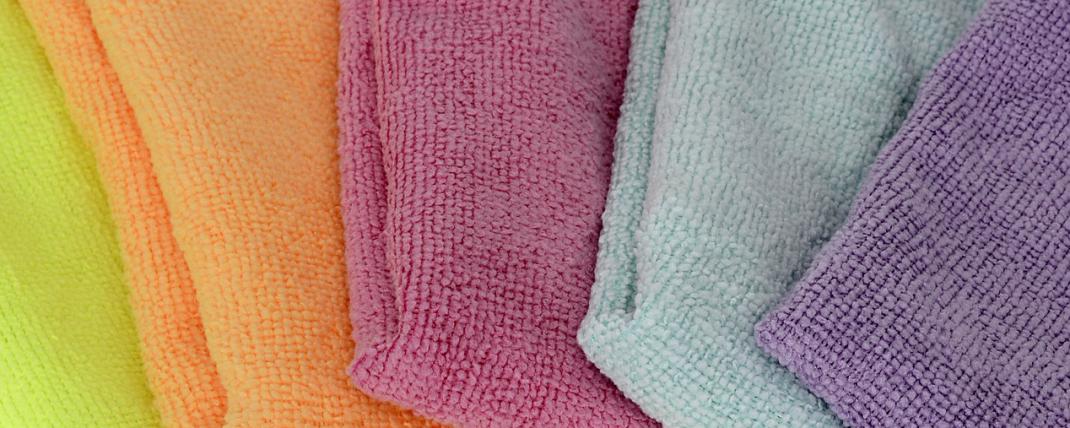
The big cleanup (JoomlaCommunity)
- Summarize with:
- ChatGPT
- Perplexity
- Claude
- Grok
This past year I was tasked with cleaning up a large Joomla website. And that cleanup was definitely needed! Dozens of extensions, hundreds of images, more than 1,300 unused articles and almost 2,500 unnecessary modules I was able to clean up. In this article, I'll explain how you can clean up your website yourself so that it remains a workable environment.
Make a backup
Before you start changing anything on your website, make sure you have a working backup. This should actually be a habit. Sometimes this is well taken care of through the hosting party. In other cases, you make a copy of your files and database yourself with Akeeba Backup, for example. Of course, you should also remember to check that your backup is working. Nothing is more annoying than discovering that your backup does not work when you need it.
Make sure all extensions are up to date
Via extensions > manage > update you can quickly find out if you still need to perform updates.
But it is also possible that there are still extensions installed where the Joomla Updater mechanism no longer works or which do not use the Joomla Updater at all. In that case, you can find your version via extensions > manage > manage.

Tip: By hovering your mouse over the author, you can see which website the extension comes from. To see if you are using the latest version, go to that website and look for the Changelog or the most recent download of the extension.
Remove/publish unused extensions
Via extensions > manage > manage you will get a complete list of extensions installed on your website. Go through this list and think about each item to see if you are using it. I still come across many websites where 3 of the same kind of extensions are installed and only 1 is used.
Tip: If you want to try out extensions, install a separate test and trial environment. Preferably do this offline via a wamp or xampp program, for example.
Also, in many cases it is not necessary to have multiple templates active. If you use a third-party template then you can depublish templates like "protostar" and "beez". An additional advantage is that in module management the list of module positions gets smaller, which makes site management easier.
Of course, this applies not only to templates, but also to modules, plugins, components and language files. If you're not 100% sure you can do without the extension, then it's better to depublish it instead of removing it.
Replace extensions with core capabilities
Joomla has expanded in recent years with many new features. For example, think of the improved router or custom fields. These new features have made several extensions obsolete. Perhaps you still use one of these unnecessary extensions and it is worthwhile to investigate whether you can replace these extensions with the core capabilities of Joomla. This will make maintaining your website a little easier.
Renew your content
Check regularly whether your content is still current. Are the texts still correct or do you need to refresh them?
Do the links still work? This applies to both internal and external links and is easy to check using broken link check(https://www.brokenlinkcheck.com).
Tip: When you delete an article or change the name of a URL, don't forget to create a reference to the correct URL via referral management. This way, your visitors will never end up on a 404 page.
Remove unused images
The images folder and its subfolders contain all the images of your website. It can be difficult to determine whether images are used on your website or not, but R2H image manager(https://www.r2h.nl/joomla-extensions/imagemanager) can help. This extension indicates by means of colors (red or green) whether an image has been used on your website. Please note that the image manager can currently only check for Joomla articles, custom fields and custom HTML modules, so if an image only appears in a third-party extension it will give a negative message. So think carefully before deleting anything and remember step 1 (make a backup first).
Avoid spam
If you don't need user registration on your website, you can disable registration via users > manage > options. If unknown users have already registered, you can delete them immediately.
If you do not use Joomla's default contact form, check anyway that no demo information is stored in components > contacts. These demo persons can be abused by spam robots to send spam or unnecessarily load your server.
Empty the recycle garbage can
When you delete something in Joomla, it is not yet gone from the database. It is still in the recycle garbage can. The recycle bin can be found in menu items, articles and categories, fields and field groups, ads, messages, contacts, news feeds, tags and modules.
If you want to view discarded items in Joomla, you need to open the Search Tools and set the Status selection to "Moved to Trash."

Better Trash(https://www.regularlabs.com/extensions/bettertrash) from Regular Labs is a handy extension that lets you empty your garbage cans in a smarter way.
A clean website provides a faster and more pleasant management, better security and probably (nothing official is known about this yet) an easier transition to Joomla 4, so what are you waiting for?
Do you have any tips on how to clean up a website? Leave them below in the comments.
Need help building your new website?
Ask for the possibilities
Want to know more?
Wondering if I'm the right partner for your project? Then take a look at my portfolio, see what my clients say or contact me directly.
About Jeroen
I have been working with the Joomla! CMS since 2006. Besides building and maintaining Joomla! websites and webshops, I am also familiar with search engine optimization (SEO), Joomla hosting and developing templates and extensions. Furthermore, I am a frequent visitor and speaker at JoomlaDays and various Joomla user groups.
I am committed to the Joomla! community as a member of the Extensions Directory team and the organization of Joomla user group Breda and JoomlaDagen Netherlands. In short: Are you looking for a Joomla Specialist, you should contact me!


